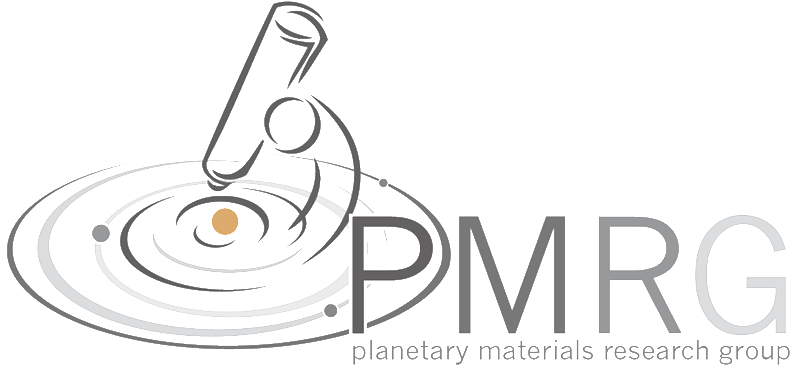Amanda Stadermann
Amanda is a PhD candidate in the Lunar and Planetary Laboratory. She recieved a BA in Earth and Planetary Sciences from Washington University in St. Louis before coming to the University of Arizona. At WashU, she researched lunar chronology through crater counting. In internships at the Applied Physics Laboratory, she participated in an active NASA mission, MESSENGER, and helped plan operations, maintain website, and research geologic surface features on Mercury. Here at UArizona, she has earned a MS in Planetary Sciences. Her PhD research focuses on lunar materials, particularly igneous rocks such as basalts and impact melts. She studies Apollo 16 impact melt rocks as well as a small grain of basalt from an Apollo 12 soil.
Degrees
- B.A. Earth and Planetary Sciences, 2016, Washington University in St. Louis
- M.S. Planetary Sciences, 2019, University of Arizona
- Ph.D. Planetary Sciences, 2023, University of Arizona
- Stadermann, A. C., T. M. Erickson, L. B. Seifert, Y. Chang, Z. Zeszut, T. J. Zega, Z. D. Michels, and J. J. Barnes (in review). A Diversity of Temperature and Pressure Conditions Recorded in Suevite from Ries Crater, Germany.
- Stadermann, A. C., J. J. Barnes, T. M. Erickson, T. C. Prissel, and Z. D. Michels (in review). Evidence for Extrusive Mg-Suite Magmatism on the Moon? Fine-Grained Magnesian Clasts in an Apollo 16 Impact Melt Breccia. Journal of Geophysical Research: Planets.
- Stadermann, A. C., B. L. Jolliff, M. J. Krawczynski, C. W. Hamilton, and J. J. Barnes (2022). Analysis and Experimental Investigation of Apollo Sample 12032,366-18, a Chemically Evolved Basalt from the Moon. Meteoritics and Planetary Science, 57(4), doi: 10.1111/maps.13795.
- Lev, E., C. Hamilton, J. Voigt, A. Stadermann, Y. Zhan, and C. Neish (2021). Emplacement conditions of lunar impact melt flows. Icarus, 369 114578, doi: 10.1016/j.icarus.2021.114578.
- Watkins, R. N., L. R. Ostrach, S. N. Valencia, A. Stadermann, L. Bleacher, N. E. Petro, T. Casswell, A. Fagan, E. Jawin, H. Meyer, D. Phillips, H. O’Brien, and the Next Generation Lunar Scientists and Engineers Group (2021). The Role of the Next Generation Lunar Scientists and Engineers (NextGen) Group in Lunar Science and Exploration. Bulletin of the American Astronomical Society, 53(2), doi:10.3847/25c2cfeb.9a3e0c6a.
- Stadermann, A. C., M. R. Zanetti, B. L. Jolliff, H. Hiesinger, C. H. van der Bogert, and C. W. Hamilton (2018). The Age of Lunar Mare Basalts South of the Aristarchus Plateau and Effects of Secondary Craters formed by the Aristarchus Event. Icarus, 309 45–60, doi:10.1016/j.icarus.2018.02.030.
- Zanetti, M., A. Stadermann, B. Jolliff, H. Hiesinger, C. H. van der Bogert, and J. Plescia (2017). Evidence for Self-Secondary Cratering of Copernican-Age Continuous Ejecta Deposits on the Moon. Icarus, 298 64–77, doi:10.1016/j.icarus.2017.01.030.
- Blewett, D. T., A. C. Stadermann, H. C. Susorney, C. M. Ernst, Z. Xiao, N. L. Chabot, B. W. Denevi, S. L. Murchie, F. M. McCubbin, M. J. Kinczyk, J. J. Gillis-Davis, and S. C. Solomon (2016). Analysis of MESSENGER high-resolution images of Mercury’s hollows and implications for hollow formation. Journal of Geophysical Research: Planets, 121: 9, 1798–1813, doi:10.1002/2016JE005070.


